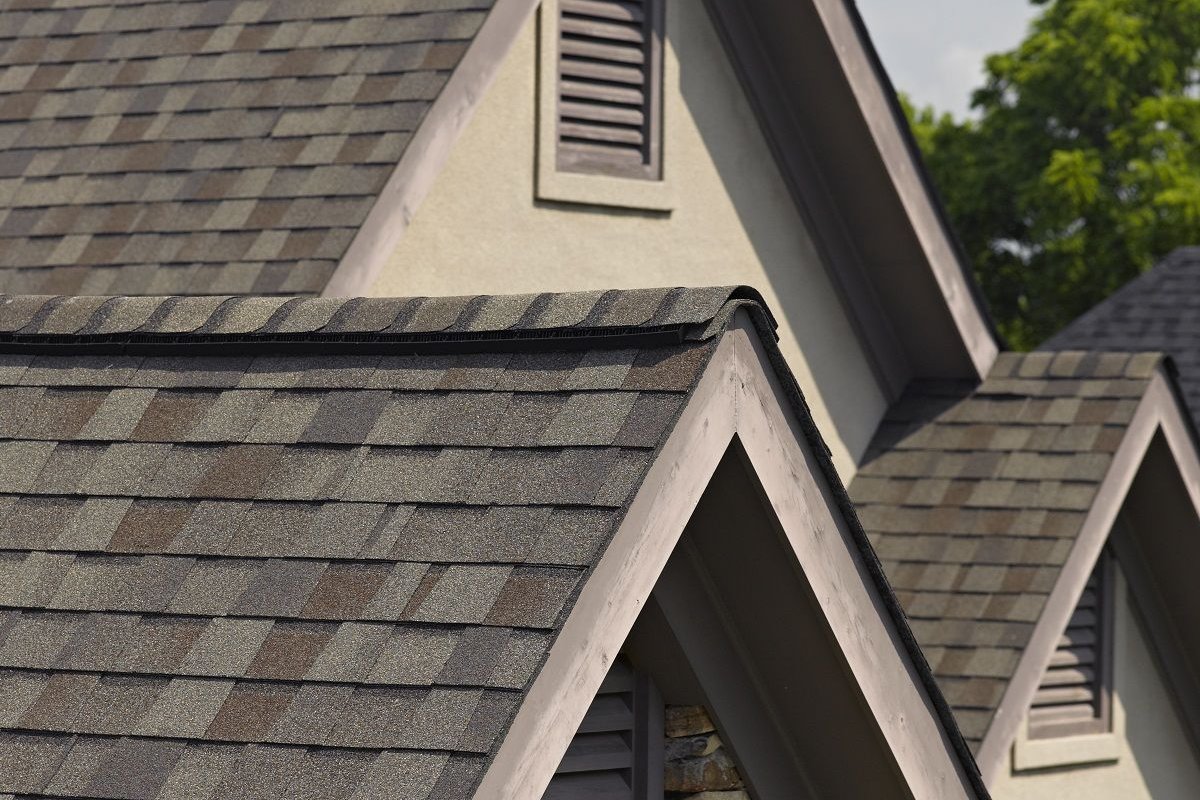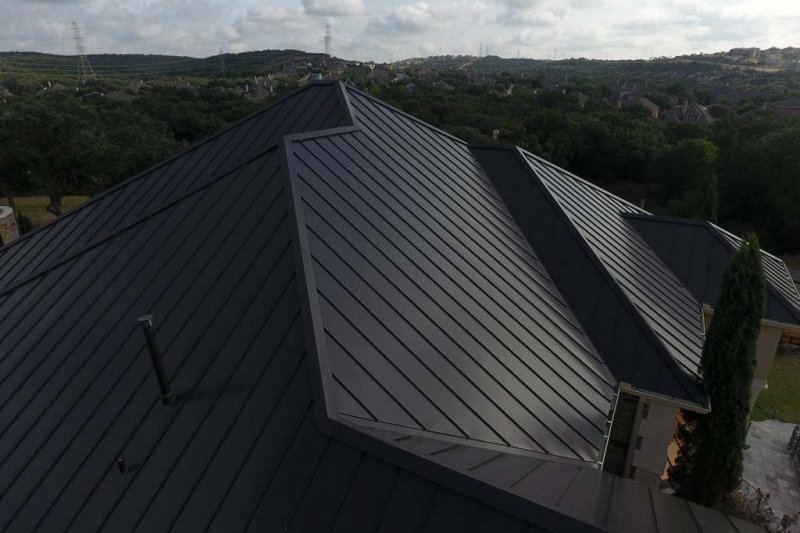Understanding Roofing Costs in West Linn, Oregon
Navigating the world of home improvement can be complex, and few projects are as significant as addressing your roof. Whether you're planning a full replacement, budgeting for future maintenance, or dealing with unexpected damage, understanding the factors that influence roofing costs is crucial. For homeowners in West Linn, Oregon, this involves considering everything from local climate conditions to material choices and labor rates. Getting an accurate estimate is the first step in any roofing project, providing clarity and helping you make informed decisions. The cost can vary significantly based on numerous variables, making it essential to look beyond a simple price per square foot.
Factors Influencing Roofing Costs
The price of a new roof or significant repair isn't just the cost of materials; it's a complex equation involving many different elements. Understanding these factors is key to interpreting estimates and budgeting effectively for your project in West Linn.
Material Type
The choice of roofing material is often the single biggest determinant of cost. Different materials offer varying levels of durability, lifespan, aesthetic appeal, and installation complexity, all of which impact the final price.
Asphalt Shingles: The most common residential roofing material across the United States, including in Oregon, due to their affordability, ease of installation, and wide range of styles and colors.
- 3-Tab Shingles: The most basic and least expensive type. They have a flat appearance and typically offer a shorter lifespan compared to architectural shingles.
- Architectural Shingles (Laminated or Dimensional): These are thicker and more durable, offering a multi-dimensional appearance that mimics the look of wood shakes or natural slate. They cost more than 3-tab shingles but provide better wind resistance and a longer warranty. They are a very popular choice in areas like West Linn.
- Specialty Asphalt Shingles: Designed for specific performance characteristics, such as cool roofs (reflecting solar energy) or impact resistance (important in areas prone to hail). These come at a higher price point.
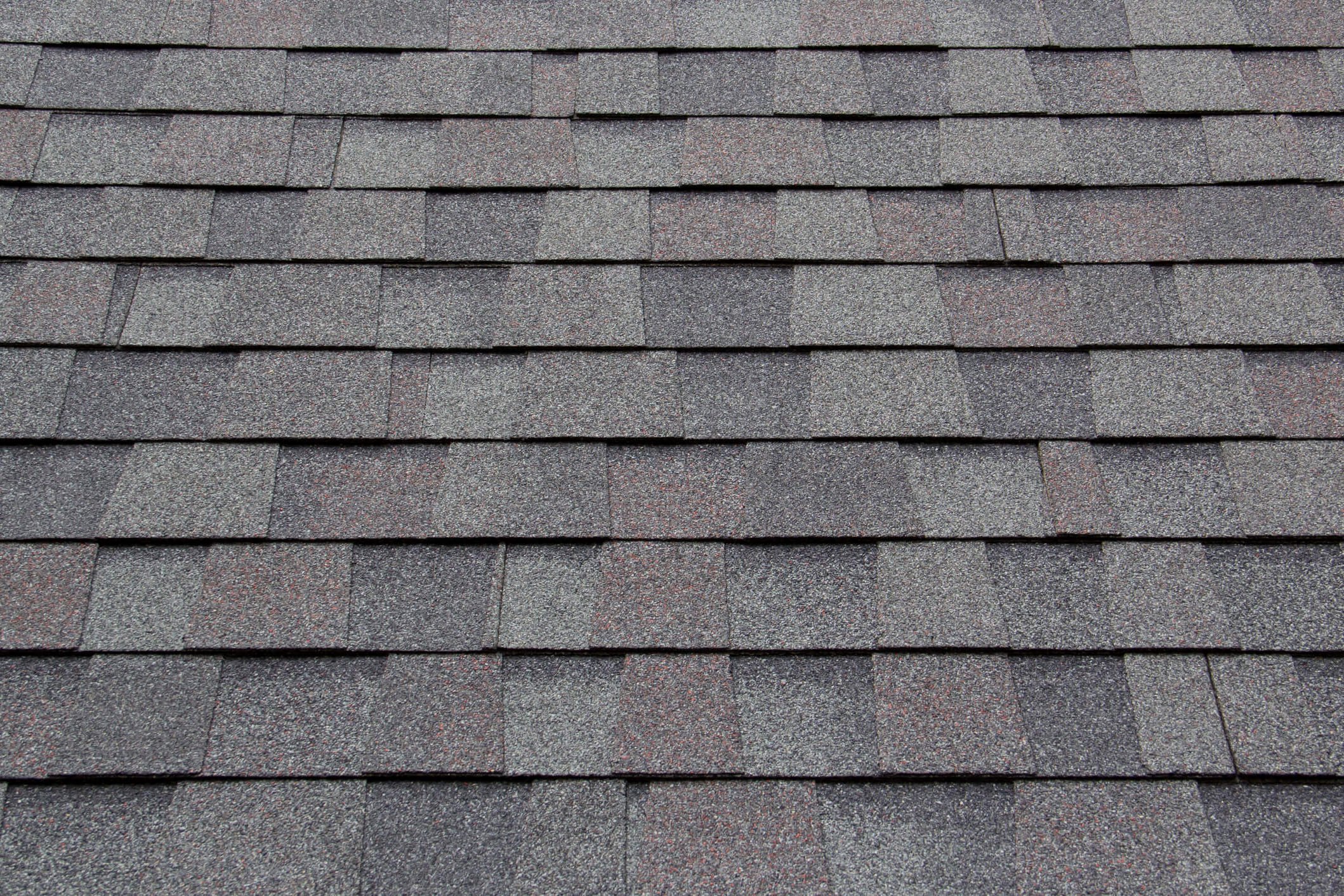
Metal Roofing: Gaining popularity for its longevity, durability, and energy efficiency. Metal roofs come in various forms, including standing seam panels, metal shingles, and corrugated metal.
- Standing Seam Metal Roofs: Feature vertical panels with raised seams, offering a clean, modern look and excellent weather resistance. They are significantly more expensive than asphalt shingles due to material and specialized labor costs.
- Metal Shingles: Designed to look like traditional shingles, shakes, or tiles but offer the benefits of metal. Cost varies depending on the metal type (steel, aluminum, copper).
- Benefits in West Linn: Metal roofs are excellent at shedding water and snow, and their resistance to moss and algae growth can be a significant advantage in the damp Oregon climate, potentially reducing long-term maintenance costs. While the upfront cost is higher, their lifespan often exceeds 50 years.
Tile Roofing: Includes clay and concrete tiles. These are highly durable, fire-resistant, and offer a distinct aesthetic, particularly suitable for certain architectural styles.
- Cost Factors: Tile is heavy, often requiring structural reinforcement of the roof deck, which adds to the cost. Installation is also more labor-intensive than shingles.
- Suitability: While durable against rain, they can be susceptible to breakage from impact and may require specialized cleaning in moss-prone areas. They are less common in West Linn than asphalt or metal but are used on specific homes.
Cedar Shake and Wood Shingle Roofing: Offers a classic, natural look. Cedar is naturally resistant to insects and decay, but requires regular maintenance (cleaning, sealing) and is less fire-resistant than other options unless treated.
- Cost and Maintenance: Wood roofing is generally more expensive than asphalt shingles and requires more ongoing care, which adds to the long-term cost of ownership. In a wet climate like Oregon, managing moss and preventing rot is critical.
The choice of material should balance budget, desired lifespan, aesthetic preferences, and the specific climate challenges faced in West Linn.
Roof Size and Complexity
The total area of the roof is a primary factor, as materials and labor are often quoted per square foot. However, roof complexity significantly impacts the labor cost and material waste.
- Roof Pitch (Steepness): Steeper roofs are more dangerous and require more specialized equipment and safety measures, increasing labor time and cost. A low-slope or flat roof requires different materials and installation techniques (like TPO or modified bitumen), which also have their own cost structures.
- Roof Shape: Simple gable or hip roofs are less expensive to roof than complex designs with multiple valleys, dormers, hips, and peaks.
- Features: Elements like chimneys, skylights, vents, and dormers require careful flashing and sealing, adding complexity and labor time. Each penetration needs specialized work to ensure watertightness. Valleys, where two roof planes meet, also require extra material and labor for proper installation of flashing or weaving techniques.
Complex rooflines require more skilled labor and lead to increased material waste compared to simple designs. This is a significant factor in your overall estimate.
Labor Costs
Labor is a substantial portion of any roofing project cost. Rates vary based on:
- Geographic Location: Labor costs differ significantly across the country, influenced by the local cost of living and demand for skilled trades. While national averages provide a baseline, local markets like the one serving West Linn will have their own specific rates.
- Roofer Experience and Reputation: Highly experienced and reputable roofing companies may charge more, but they often provide higher quality workmanship and better warranties.
- Project Complexity: As mentioned, steeper roofs or complex designs require more skilled labor, driving up costs.
- Season: Demand for roofing services can fluctuate seasonally. In climates with distinct weather patterns, like the rainy season in Oregon, scheduling can impact availability and potentially cost.
Geographic Location
Beyond labor rates, location influences costs due to:
- Climate: The climate in West Linn, with its significant rainfall, influences material choices (e.g., need for good drainage, moss resistance) and can affect the roofing season. Materials designed for wet climates might be preferred, impacting cost.
- Local Building Codes: Specific codes and regulations in West Linn or surrounding areas can dictate material requirements, installation methods, and ventilation standards, all of which add to the project cost.
- Material Availability: Proximity to suppliers and regional demand can affect material prices.
Permits and Inspections
Most significant roofing projects require permits from the local building authority. The cost of the permit itself is a factor, as is the time involved in inspections throughout the project. These steps ensure the work meets safety and structural standards but add to the overall cost and timeline.
Accessibility and Season
- Accessibility: A roof that is difficult to access (e.g., due to landscaping, steep terrain, or building height) increases labor time and complexity for setting up scaffolding or managing material delivery and waste removal.
- Season: While roofing can often be done year-round in many climates, extreme weather conditions can cause delays or make certain types of work unsafe or impossible. Scheduling during peak season might also affect availability and pricing.
Understanding Your Roofing Estimate
Receiving a roofing estimate can sometimes feel overwhelming due to the detailed breakdown of costs. Knowing what to look for can help you compare quotes and understand the value you're receiving.
Typical Line Items
A comprehensive estimate should clearly itemize the costs involved:
- Materials: This includes the primary roofing material (shingles, metal panels, etc.), underlayment, flashing (for valleys, chimneys, vents), drip edge, fasteners, and ventilation components (ridge vents, soffit vents, etc.).
- Labor: The cost of the crew performing the work, including tear-off of the old roof, preparation of the deck, installation of the new roof system, and cleanup.
- Permits and Fees: The cost of obtaining the necessary permits and covering inspection fees.
- Waste Disposal: The cost of removing the old roofing materials and debris from the site and disposing of them properly. This often involves renting a dumpster.
- Warranty: Details about the manufacturer's warranty on materials and the contractor's warranty on labor. While not a direct line item cost, the quality of the warranty is part of the overall value.
- Contingency: Some estimates may include a small contingency for unforeseen issues, such as discovering damaged decking once the old roof is removed.
Comparing Quotes
When you receive multiple estimates, don't just look at the bottom line. Compare them "apples-to-apples" by ensuring they:
- Specify the same scope of work (e.g., full tear-off vs. layering over existing shingles, which is not always permissible or advisable).
- Propose the same materials (manufacturer, product line, color).
- Include the same underlayment, flashing, and ventilation components.
- Detail the waste disposal plan.
- Outline payment terms and warranty coverage.
Getting multiple detailed estimates allows you to compare the scope, materials, and costs accurately before making a decision.
When to Get a Roofing Estimate or Inspection
Knowing when to seek professional assessment is key to maintaining your home's integrity and avoiding costly emergency repairs. Different situations call for different approaches.
Planning and Budgeting
If you're planning a roof replacement in the next few years, looking to understand potential costs for budgeting purposes, comparing different material costs, or simply wanting a general evaluation of your roof's condition without immediate issues, getting an estimate is a smart move. This allows you to explore options without pressure.
For non-urgent needs like budget planning, comparing material costs, or general evaluation, you can quickly get an accurate estimate without an in-person visit. Get your free instant roof estimate
Signs of Roof Problems
Your roof will often give you warning signs that something is wrong before a major failure occurs. Recognizing these signs can prompt you to seek an inspection before minor issues become significant problems.
- Missing or Damaged Shingles: Shingles that are cracked, curled, buckling, or missing entirely compromise the roof's ability to shed water. High winds or age are common culprits.
- Granule Loss: For asphalt shingles, granules protect the asphalt layer from UV rays. Excessive granule loss, often visible in gutters or downspouts, indicates the shingles are nearing the end of their life.
- Moss and Algae Growth: While moss can be aesthetically unappealing, it can also retain moisture, leading to deterioration of shingles and potentially the underlying structure. Algae causes dark staining. This is particularly relevant in the damp climate of West Linn.
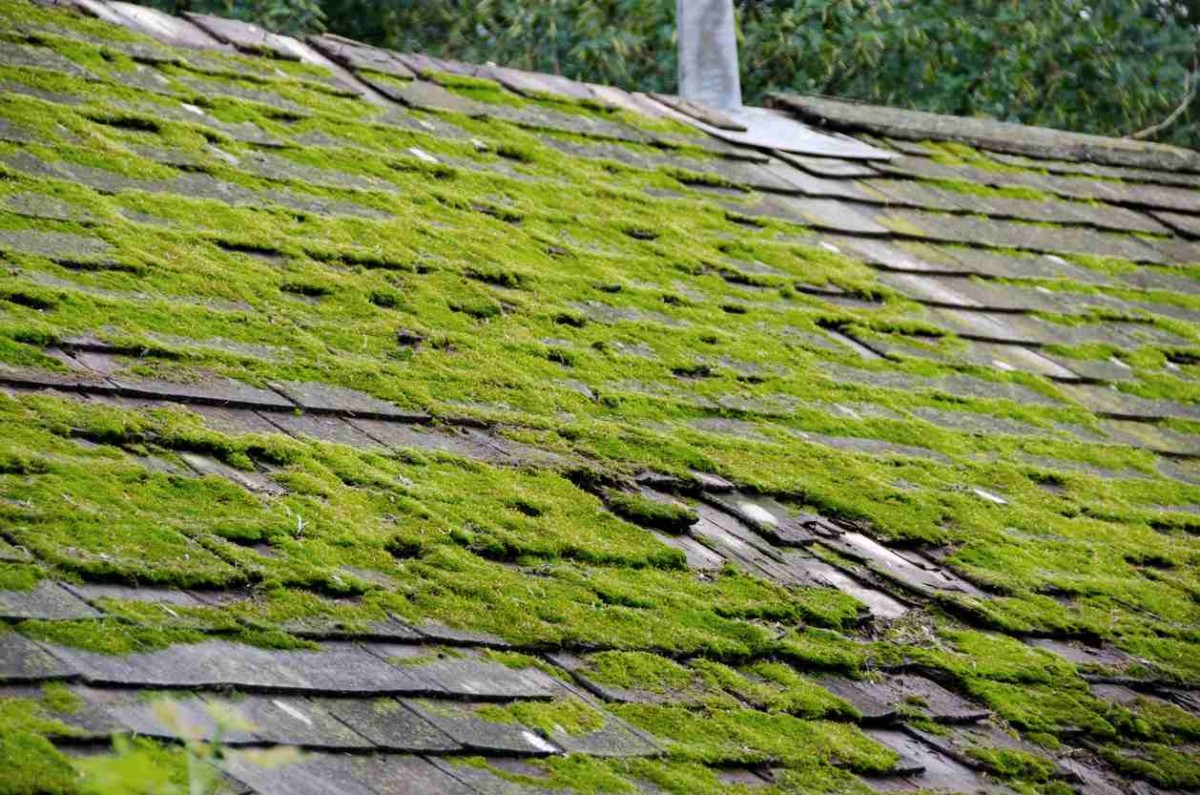
- Water Stains on Ceilings or Walls: This is a clear indicator of a leak. The source of the leak might be difficult to pinpoint from inside, often requiring a professional roof inspection.
- Sagging Roof Deck: A visible sag in the roofline can indicate serious structural issues, possibly due to water damage or inadequate support.
- Damaged Flashing: Flashing around chimneys, vents, skylights, and in valleys is crucial for preventing leaks. If it's cracked, rusted, or improperly installed, water can penetrate.
- Age of the Roof: Most roofing materials have a predictable lifespan. If your roof is approaching or has exceeded its expected age (e.g., 20-25 years for architectural asphalt shingles), it's wise to have it inspected even if there are no obvious problems.
Urgent Situations
Some roofing issues require immediate professional attention to prevent extensive damage to your home's structure and interior.
- Active Leaks: Any situation where water is actively entering your home needs prompt assessment and repair to mitigate damage.
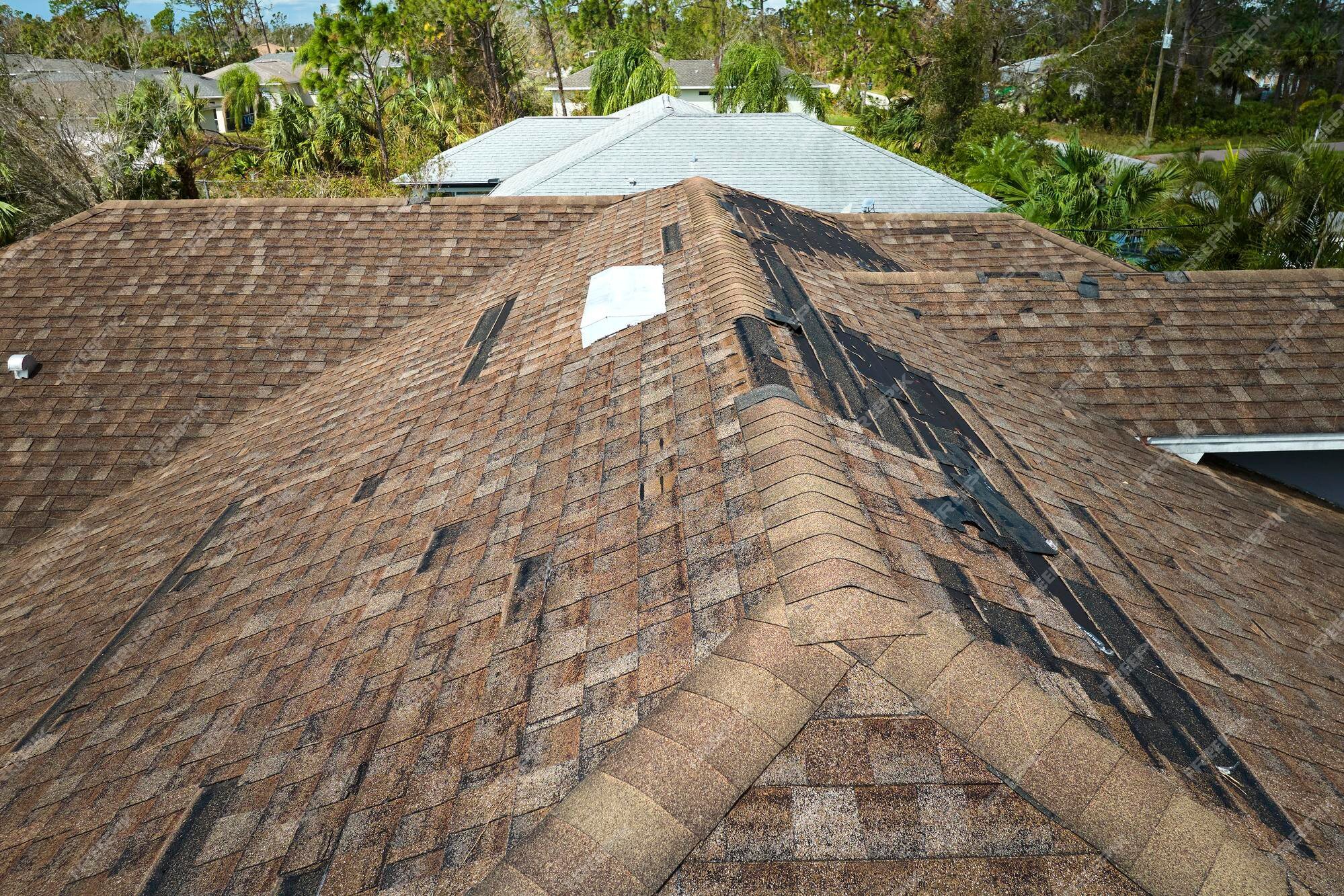
- Storm Damage: After a severe storm with high winds or hail, inspect your roof for missing shingles, dents (on metal roofs), or other visible damage. Even if there's no immediate leak, damage can compromise the roof's integrity.
- Fallen Debris: Trees or large branches falling on the roof can cause significant structural damage requiring urgent repair.
- Any Situation Requiring Immediate Inspection: If you notice a sudden, significant issue with your roof, don't delay in seeking professional help.
When facing urgent issues like active leaks, storm damage, or any situation requiring immediate professional inspection, you need to connect with a qualified roofer quickly. Book a roofing appointment
Choosing the Right Roofer
Selecting a qualified and trustworthy roofing contractor is paramount to ensuring your project is completed correctly, on time, and within budget. A good roofer will provide a detailed estimate, use quality materials, adhere to building codes, and stand behind their work with a warranty.
Look for roofers who are:
- Licensed and Insured: Verify they have the necessary licenses to work in Oregon and carry liability and worker's compensation insurance. This protects you from liability in case of accidents on your property.
- Experienced: Choose a contractor with a proven track record in your area, familiar with the types of homes and climate conditions specific to West Linn.
- Reputable: Check online reviews, ask for references, and look for affiliations with professional roofing associations.
- Transparent: They should provide a clear, detailed estimate and be willing to answer all your questions about the process, materials, and timeline.
Finding reliable, pre-vetted roofers can save you time and provide peace of mind. Platforms that connect homeowners with quality local contractors simplify this process.
Maintaining Your Roof
Once you have a new or repaired roof, proper maintenance is essential to maximize its lifespan and prevent premature issues.
- Regular Inspections: Periodically inspect your roof from the ground or, if safe, closer up, looking for signs of damage, wear, or debris buildup.
- Gutter Cleaning: Keep gutters and downspouts clear of leaves and debris to ensure proper water drainage away from the roof and foundation.
- Moss and Algae Control: In a humid climate like Oregon, managing moss and algae is important. Use recommended cleaning methods or treatments, being cautious not to damage the shingles.
- Trim Overhanging Branches: Prevent branches from rubbing against the roof surface or falling onto it during storms.
Your Roof Project Starts Here
Understanding the costs and process of roofing work in West Linn, Oregon, is the first step toward a successful project. Whether you're planning ahead or dealing with an unexpected issue, having access to accurate information and reliable professionals is key.
Getting a clear picture of potential expenses allows you to budget effectively and choose materials that offer the best value and protection for your home. Knowing the signs of damage helps you act quickly when needed, preventing minor issues from escalating into major, costly repairs.
Finding a qualified roofer ensures that the work is done correctly and safely, providing long-term peace of mind. By taking a proactive approach to understanding your roof's condition and the costs involved, you can protect your investment and ensure your home remains safe and dry for years to come.
Frequently Asked Questions About Roofing Costs
How long does a typical roof replacement take?
The duration of a roof replacement depends on the size and complexity of the roof, the material being installed, and the weather conditions. A typical residential roof replacement with asphalt shingles can often be completed in one to three days. More complex roofs or specialized materials like tile or metal may take longer.
What is a roofing square?
A roofing square is a unit of measurement equal to 100 square feet. Roofing materials like shingles are often packaged and priced by the square. Estimates typically calculate the total number of squares needed for your roof.
Can I add a new layer of shingles over my old ones?
In some cases, one layer of new asphalt shingles can be installed over an existing layer, provided the underlying structure is sound and local building codes allow it. However, this is generally not recommended as it adds extra weight, can hide underlying deck issues, and may void manufacturer warranties. A full tear-off is usually the preferred method.
How can I tell if my roof has storm damage?
Look for missing, cracked, or bruised shingles. On metal roofs, look for dents. Check gutters and the ground around your house for excessive amounts of granules from asphalt shingles. If you suspect damage after a storm, it's best to have a professional inspection.
Is ventilation important for my roof?
Yes, proper roof ventilation is crucial. It helps regulate attic temperature and moisture levels, preventing ice dams in cold climates, reducing heat buildup in summer, and extending the life of your roofing materials by preventing rot and mold. Adequate ventilation should be part of any roofing system installation.
